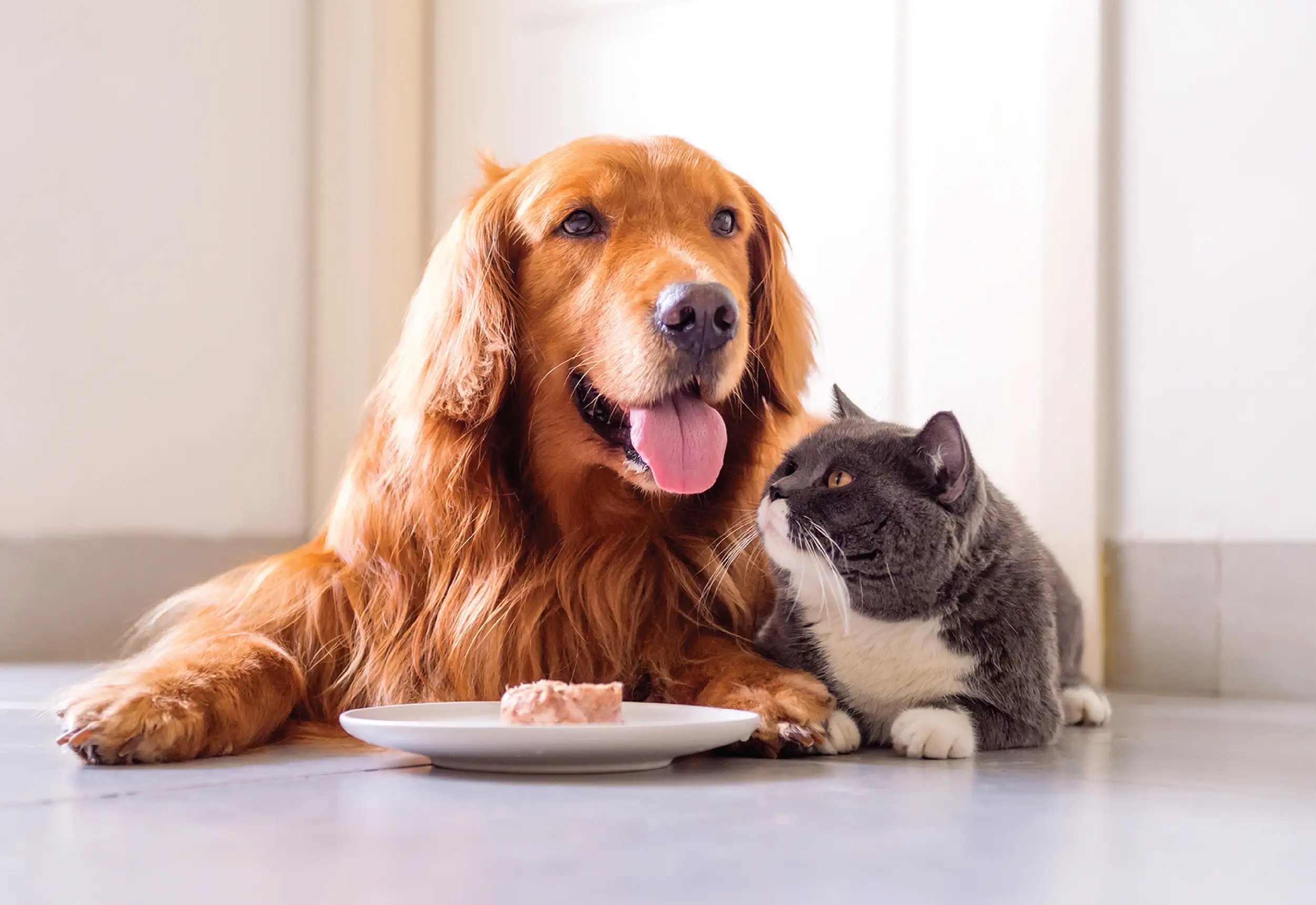Pets are beloved members of our families, and as responsible owners, we must be prepared to handle any emergencies that may arise. Knowledge of first aid techniques can save lives and minimize suffering in the event of an accident or illness.
Rules of First Aid
* Stay calm and assess the situation.
* Do not move the animal unless necessary to prevent further injury.
* Call your veterinarian immediately for guidance and support.
* Be gentle and handle the animal with care.
* Prioritize life-threatening conditions such as bleeding or difficulty breathing.
Essential First Aid Items
* First aid kit for pets (containing bandages, gauze, antiseptic, scissors, tweezers, and a muzzle)
* Clean towels or blankets
* Elizabethan collar (to prevent licking of wounds)
* Leash or carrier (for transporting the animal)
* Pet-safe pain relievers (consult your veterinarian)
Steps to Take
1. Assess the Situation
* Examine the animal for injuries, bleeding, or signs of distress.
* Check for breathing and heartbeat.
2. Stop Bleeding
* Apply direct pressure to the wound with a clean cloth or gauze.
* If the bleeding is severe, use a tourniquet (made from a piece of elastic or fabric) applied above the wound.
* Elevate the injured area if possible.
3. Control Seizures
* Clear the area around the animal to prevent injury.
* Time the seizure and protect the animal’s head with a soft object.
* Do not attempt to restrain the animal or give it water during a seizure.
4. Treat Burns
* For minor burns, cool the area with running water for 10-15 minutes.
* For severe burns, cover the area with a sterile dressing and seek veterinary attention immediately.
5. Poisoning
* Call your veterinarian or poison control center (ASPCA Animal Poison Control Center: 1-888-426-4435) immediately.
* If possible, identify the substance that was ingested or inhaled.
6. Heatstroke
* Move the animal to a cool area.
* Apply cool towels or blankets to the body.
* Offer small amounts of cool water.
Dos and Don’ts of First Aid
Dos
* Stay calm and act quickly.
* Use clean materials and sterile dressings.
* Contact your veterinarian for guidance and support.
* Monitor the animal closely for any changes in condition.
* Allow the animal to rest and recover in a quiet place.
Don’ts
* Overreact or panic.
* Give the animal human medication unless directed by your veterinarian.
* Remove embedded objects without veterinary assistance.
* Flush burns with cold water (except for minor burns).
* Attempt to perform advanced medical procedures (e.g., CPR) without training.
Conclusion
First aid knowledge is a valuable asset for all pet owners. By following these guidelines and stocking an essential first aid kit, you can provide immediate assistance to your furry companion in times of emergencies. Remember to prioritize life-threatening conditions, handle the animal with care, and seek professional veterinary support when necessary. With proper preparation and knowledge, you can help ensure the well-being and safety of your beloved pet.









